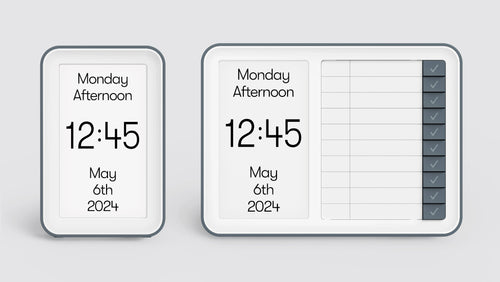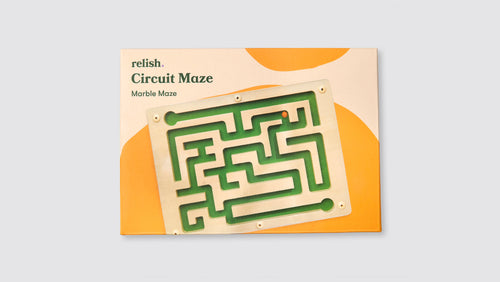Jigsaw puzzles have been around for centuries - in fact, some of the first ones were introduced in the 1760s by European mapmakers. They have remained a very popular pastime around the world and had a recent boom during the pandemic when people were indoors for long periods of time and were looking for a fun and time-intensive activity to do by themselves or with family members.
The key ingredients that make jigsaw puzzles engaging are that they hook your attention once you start because you want to achieve the goal of completion, but they also exercise your spatial reasoning, visual perception, and fine motor skills. For a person who has a neurological disorder or memory loss condition like dementia or Alzheimer’s, puzzles can be very stimulating because they are something that can engage the person and can be used as a collaborative activity to do with a family member, friend, or caregiver.
Puzzle Problem?
For all participants, puzzles offer a great sense of accomplishment and satisfaction when they are completed. However, in a person living with a neurological memory loss condition, puzzles which have too many pieces can cause feelings of impatience, frustration, and even agitation to kick in. As most people know, memory loss conditions like dementia mostly affect the short-term memory. Long-term memories tend to remain uncompromised as they are stored in a different part of the brain than the area affected by the disease. If a person was a fan of jigsaw puzzles prior to developing the disease, the automaticity and skills associated with putting puzzles together will often stay intact. However, if it is a new pastime being introduced, there’s a chance that the activity can quickly lead down a path of frustration and spur feelings of impatience in those with dementia quickly. Thus, keeping the activity to a fixed amount of time will reduce the likelihood of this happening.
This is why it is so important to choose a puzzle that is designed by a company that manufactures puzzles with varying levels of difficulty and the various stages of dementia in mind. For example, if a large puzzle (one with hundreds or even a thousand pieces) is selected, it could be too challenging and cause an onslaught of frustration, or for the person to quickly give up. The idea is to choose a puzzle that matches the person’s ability level and stage of dementia. Puzzles that have brightly coloured images, are scaffolded with clear lines and colour delineations, and have 100 pieces or less are best. Here are some examples:
- 100-piece puzzles offer a perfect mix of challenge, reward, and pleasure for people with early-stage dementia. The larger size of the puzzle means more people can get involved in assembling a beautiful picture over a nice cup of tea. New design launching soon!
- 63-piece puzzles bring a little challenge to the table for people with early to mid-stage dementia. The chunky pieces are easy to assemble inside the box, rousing a sense of pride as the picture appears, including famous sites, landmarks, and works of art.
- 35-piece puzzles provide a good mix of challenge, interest, and engagement for people with mid- to late-stage dementia. The larger pieces are easy to handle and fit nicely in the box, creating a satisfying and visually pleasing image, mostly around themes in nature.
- 13-piece puzzles provide the right balance for people with later stages of dementia. The large pieces are easy to handle and fit in the box perfectly, creating a picture that brings happy memories, including many adorable animal scenes!
Take a look at our wide selection of dementia puzzles today!

















